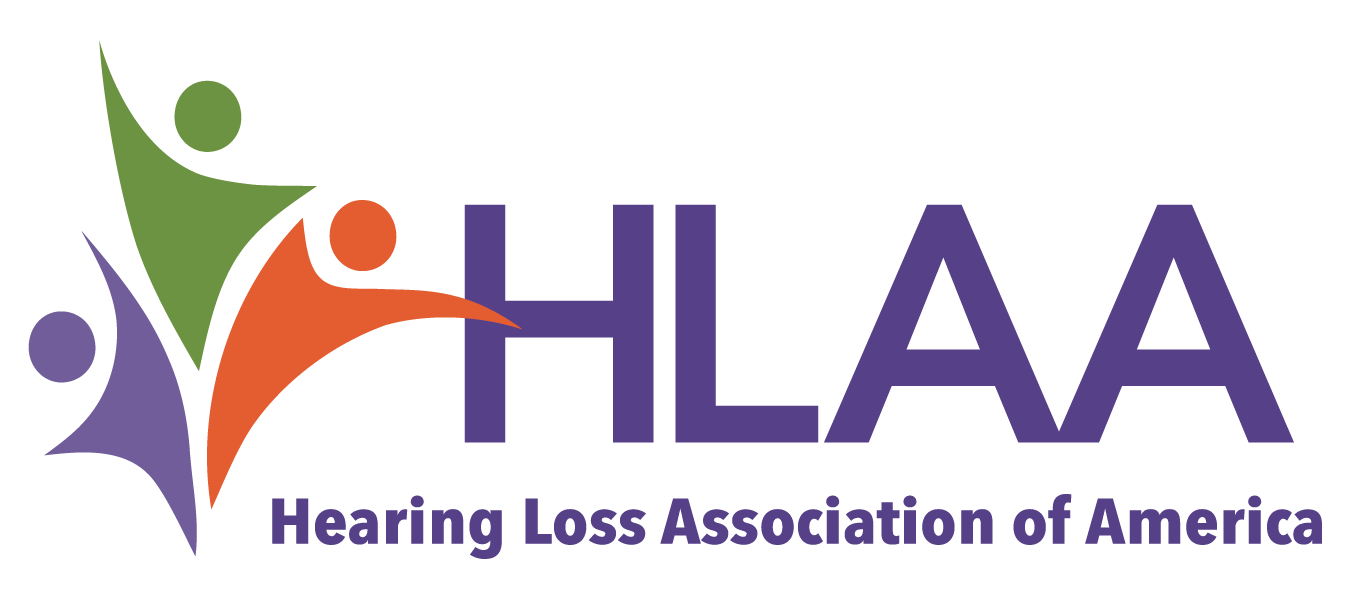about technology and hearing loss in the real world
- ICAAT
- User Stories
- Node view
- Node view
In 2022, I tested positive for COVID and turned to telehealth services, which was convenient but still new in many private practices. Right away, I discovered a major hurdle: most platforms didn’t offer real-time captioning.
Without captions, I struggled to follow crucial medical details, creating a frustrating communication gap.
By 2024, telehealth was much more common, but when I caught COVID again and requested captions, I realized little had changed. Although the hospital had supportive staff, no captions were available. It was disheartening to learn that accessibility still seemed overlooked, especially where accuracy can affect patient outcomes.
I knew I wasn’t alone in seeking inclusive video conferencing. The FCC required that, starting September 3, 2024, all video platforms, including those for telehealth, must provide captions, expanding the ADA’s promise of expanding accessibility. A second FCC Order, passed on September 26, 2024, introduced guidelines for caption accuracy, timing, third-party caption services, and user controls.
With this information, I wrote to my doctor’s office to remind them of these obligations. I expect them to comply with FCC rules, the ADA, and other regulations so my next virtual visit will finally include the captions I need. Though I hope to avoid COVID again, I’ll keep advocating for accessible healthcare whenever necessary.
Related User Stories
Technology never ceases to amaze me. People with hearing loss can certainly attest to the beneficial…
Computing/Entertainment/Media
I use captioning when watching TV shows. Now with all the brands of smart TVs and different streaming services…




